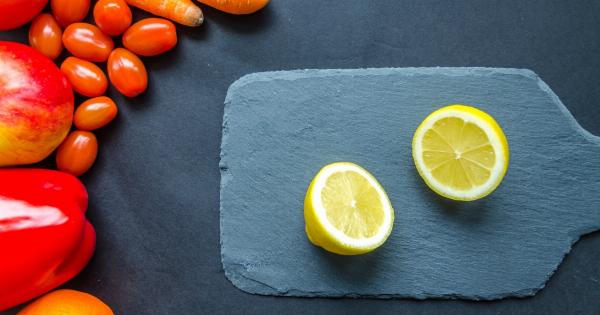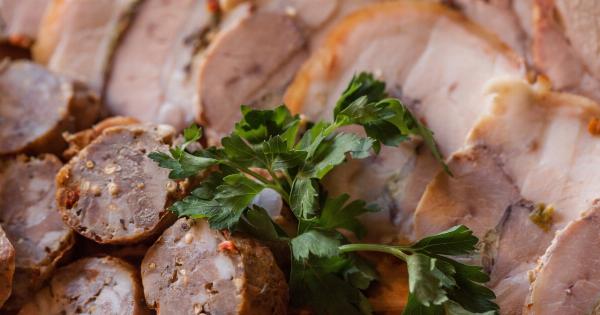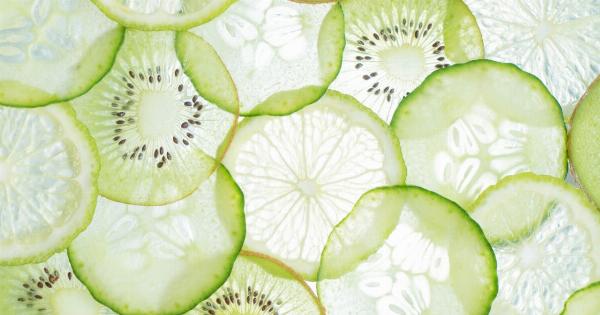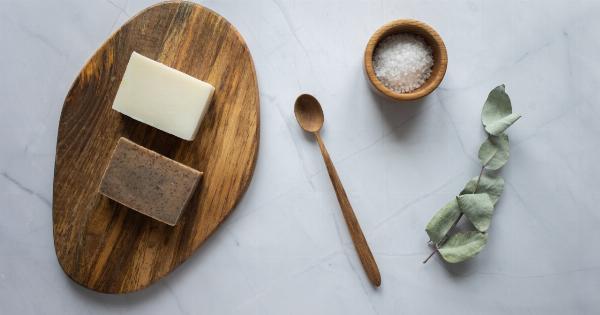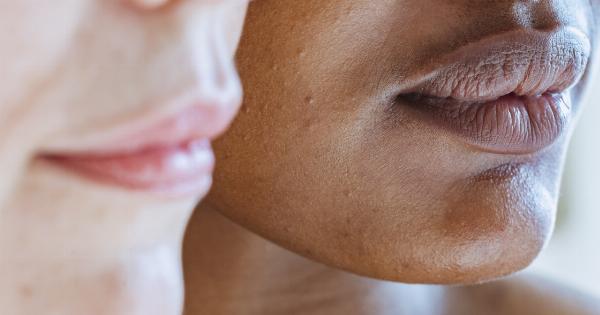Cellulite is a condition that causes the skin to appear dimpled or lumpy, typically in the thighs, hips, and buttocks. It is caused by the accumulation of fat beneath the skin and the weakening of connective tissues, which leads to a bulging effect.
While there are various treatments available for cellulite, such as creams, massages, and surgery, one of the most effective ways to reduce it is through a healthy diet. In this article, we will discuss ten foods to avoid for cellulite reduction.
1. Sugar
Sugar is one of the biggest culprits behind cellulite formation. When we consume sugar, it spikes our blood sugar levels, which in turn triggers the release of insulin.
Insulin is a hormone that promotes fat storage, which can lead to the accumulation of fat beneath the skin. In addition, excessive sugar consumption can cause inflammation in the body, which further weakens connective tissues and exacerbates the appearance of cellulite.
Therefore, it is best to avoid sugary foods and drinks, such as candy, soda, and baked goods.
2. Salt
Excessive salt consumption can contribute to the formation of cellulite by causing water retention in the body. When there is too much sodium in our diet, our bodies hold onto water to dilute the concentration of salt in our bloodstream.
This can lead to bloating and fluid buildup, which can make cellulite more noticeable. Therefore, it is recommended to limit your intake of salt and opt for low-sodium alternatives. Additionally, processed foods and snacks often contain high amounts of salt, so it is best to avoid these as well.
3. Fried Foods
Fried foods, such as french fries, fried chicken, and onion rings, are high in unhealthy fats and calories that can contribute to cellulite formation.
These foods are often cooked at high temperatures in unhealthy oils, which can cause inflammation and damage to the skin and connective tissues. In addition, they often contain added salt and sugar, which can exacerbate the appearance of cellulite. Instead of fried foods, opt for healthier cooking methods, such as grilling, steaming, or baking.
4. Processed Meats
Processed meats, such as hot dogs, deli meats, and sausages, are high in sodium, unhealthy fats, and preservatives, which can contribute to cellulite formation.
In addition, these meats often contain nitrates and nitrites, which have been linked to an increased risk of cancer and other health problems. Instead of processed meats, opt for lean, organic meats or plant-based protein options, such as tofu or legumes.
5. Alcohol
Alcohol consumption can contribute to the formation of cellulite in multiple ways. First, alcohol is high in empty calories, which can lead to weight gain and the accumulation of fat in the body.
Second, alcohol can cause dehydration, which can make cellulite more noticeable by reducing skin elasticity. Third, excessive alcohol consumption can cause inflammation in the body, which can weaken connective tissues and exacerbate the appearance of cellulite.
Therefore, it is best to limit your alcohol intake and opt for healthier alternatives, such as water or herbal tea.
6. Dairy Products
Dairy products, such as cheese, milk, and butter, are high in saturated fats, which can contribute to the formation of cellulite.
In addition, dairy products often contain hormones and antibiotics that can disrupt the natural balance of our bodies and contribute to weight gain and inflammation. Instead of dairy products, opt for plant-based alternatives, such as almond milk, tofu, or coconut oil.
7. Refined Carbohydrates
Refined carbohydrates, such as white bread, pasta, and rice, are high in sugar and low in fiber, which can contribute to the formation of cellulite.
When we consume refined carbohydrates, it causes spikes in our blood sugar levels and insulin response, which can promote fat storage in the body. In addition, refined carbohydrates often contain added sugars and preservatives, which can further contribute to inflammation and weaken connective tissues.
Therefore, it is best to opt for whole grain alternatives, such as brown rice, quinoa, and whole wheat bread.
8. Caffeine
Caffeine consumption can contribute to the formation of cellulite by causing dehydration and weak skin elasticity. When we consume caffeine, it can cause us to urinate more frequently, which can lead to fluid loss and dehydration.
This can reduce the elasticity of the skin, making cellulite more noticeable. In addition, excessive caffeine consumption can also contribute to inflammation in the body, which can weaken connective tissues and exacerbate the appearance of cellulite.
Therefore, it is best to limit your caffeine intake and opt for healthier alternatives, such as green tea or herbal tea.
9. High-Fat Foods
High-fat foods, such as fried foods, cheese, and fatty meats, are high in unhealthy fats that can contribute to the formation of cellulite.
When we consume these foods, they get stored in the body as fat, which can accumulate beneath the skin and weaken connective tissues. In addition, high-fat foods often contain high amounts of calories, which can contribute to weight gain and the accumulation of fat in the body.
Therefore, it is best to opt for lean, organic meats and plant-based protein sources, such as nuts and seeds.
10. Artificial Sweeteners
Artificial sweeteners, such as saccharin and aspartame, are often used in place of sugar in low-calorie and sugar-free foods and drinks.
However, these sweeteners can contribute to the formation of cellulite by promoting fat storage and inflammation in the body. In addition, they have been linked to a range of health problems, such as metabolic disorders and hormonal imbalances. Therefore, it is best to avoid artificial sweeteners and opt for healthier alternatives, such as stevia or honey.

